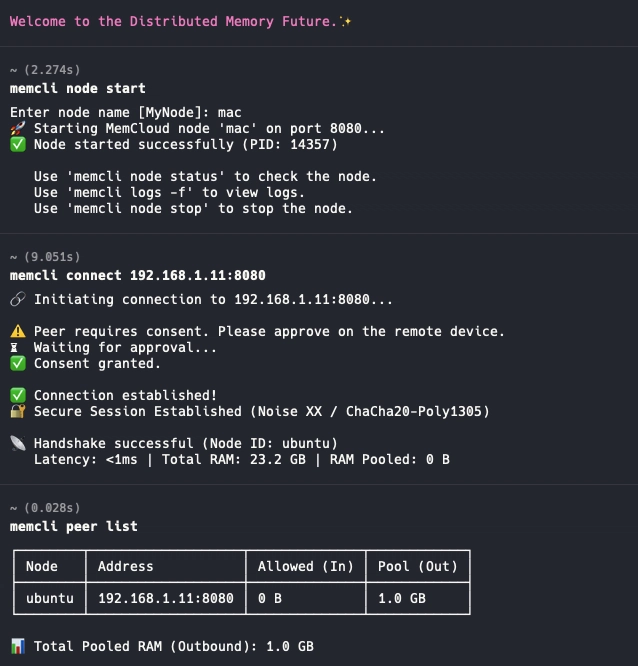Programming Entry Level: learn linux
Understanding Linux for Beginners
So, you’re a budding programmer and you keep hearing about Linux? It’s a big part of the software world, and learning the basics can really boost your skills and make you a more well-rounded developer. You might even encounter questions about Linux in interviews! Don’t worry, it’s not as intimidating as it sounds. This post will break down the essentials in a way that’s easy to understand, even if you’ve never touched it before.
Understanding “Learn Linux”
Okay, so what is Linux? At its core, Linux is an operating system. Think of an operating system as the foundation of your computer. It manages all the hardware and software resources. Windows, macOS, and Android are all operating systems too!
But Linux is a little different. It’s open-source, meaning the code is freely available for anyone to use, modify, and distribute. This has led to many different versions, called distributions (or “distros” for short). Popular distros include Ubuntu, Fedora, and Debian.
Think of it like this: imagine you’re building with LEGOs. The operating system is the baseplate. Windows and macOS are pre-built LEGO castles. Linux is like having all the individual LEGO bricks and the freedom to build anything you want. You can choose a pre-built “castle” (a distro) or build your own from scratch.
Why is this important for programmers?
- Servers: A huge percentage of web servers run Linux. Understanding it helps you deploy and manage your applications.
- Development Environment: Many developers prefer Linux for its powerful tools and flexibility.
- Command Line: Linux encourages using the command line, which is a super-efficient way to interact with your computer.
- Containers (Docker): Linux is the foundation for containerization technologies like Docker, which are essential for modern software development.
Basic Code Example
While Linux isn’t a programming language itself, you’ll interact with it using commands in the terminal (also called the command line or shell). Let’s look at some basic commands:
pwd
This command stands for “print working directory”. It tells you where you currently are in the file system. Think of the file system like a tree structure with folders and files. pwd tells you which branch of the tree you’re on.
ls
This command stands for “list”. It shows you all the files and folders in your current directory.
cd Documents
This command stands for “change directory”. It moves you into the “Documents” folder. You can also use cd .. to go up one level in the directory structure.
mkdir new_folder
This command stands for “make directory”. It creates a new folder named “new_folder” in your current directory.
These are just a few basic commands, but they’re the building blocks for everything else. You’ll use these constantly!
Common Mistakes or Misunderstandings
Let’s look at some common pitfalls when starting with Linux:
❌ Incorrect command:
ls -l Documents
This might not work if “Documents” doesn’t exist in the current directory.
✅ Corrected command:
ls -l /home/user/Documents
Explanation: Always specify the full path to a file or directory if you’re not already in its parent directory. /home/user/Documents is an example of a full path. Replace user with your username.
❌ Incorrect command:
rm important_file
This permanently deletes the file! There’s no “undo” button.
✅ Corrected command (use with caution!):
rm -i important_file
Explanation: The -i flag asks for confirmation before deleting the file. It’s a good habit to use this flag, especially when you’re starting out.
❌ Incorrect command:
sudo apt-get install package_name
Forgetting sudo when installing software.
✅ Corrected command:
sudo apt-get install package_name
Explanation: sudo gives you temporary administrator privileges, which are often required to install software. Be careful when using sudo – only use it when necessary.
Real-World Use Case
Let’s say you want to create a simple script to back up your important files. Here’s a basic bash script (bash is a common shell in Linux):
#!/bin/bash
# Define the source and destination directories
SOURCE_DIR="/home/user/Documents"
DESTINATION_DIR="/home/user/Backup"
# Create the destination directory if it doesn't exist
mkdir -p "$DESTINATION_DIR"
# Copy all files from the source to the destination
cp -r "$SOURCE_DIR"/* "$DESTINATION_DIR"
# Print a message to the console
echo "Backup complete!"
Explanation:
-
#!/bin/bash: This tells the system to use the bash interpreter to run the script. -
SOURCE_DIRandDESTINATION_DIR: These variables store the paths to your source and destination directories. Replace/home/user/Documentsand/home/user/Backupwith your actual directories. -
mkdir -p "$DESTINATION_DIR": This creates the destination directory if it doesn’t already exist. The-pflag creates parent directories as needed. -
cp -r "$SOURCE_DIR"/* "$DESTINATION_DIR": This copies all files and folders from the source directory to the destination directory. The-rflag copies recursively (including subfolders). -
echo "Backup complete!": This prints a message to the console when the backup is finished.
Save this script to a file (e.g., backup.sh), make it executable with chmod +x backup.sh, and then run it with ./backup.sh.
Practice Ideas
Here are a few ideas to get you practicing:
- File Navigation: Create a directory structure with several nested folders and files. Practice using
cd,ls, andpwdto navigate through it. - File Manipulation: Practice creating, copying, moving, and deleting files and folders using
mkdir,cp,mv, andrm. - Text File Exploration: Use commands like
cat,head,tail, andlessto view the contents of text files. - Simple Scripting: Write a script to automate a simple task, like renaming a batch of files.
- Package Management: Learn how to install and uninstall software using your distribution’s package manager (e.g.,
apton Ubuntu/Debian,yumon Fedora/CentOS).
Summary
You’ve now taken your first steps into the world of Linux! You’ve learned what an operating system is, what makes Linux unique, and some basic commands to interact with it. You’ve also seen a real-world example of how Linux can be used to automate tasks.
Don’t be afraid to experiment and break things (that’s how you learn!). Next, you might want to explore more advanced command-line tools, learn about shell scripting, or try out different Linux distributions. The possibilities are endless! Keep practicing, and you’ll be a Linux pro in no time.


